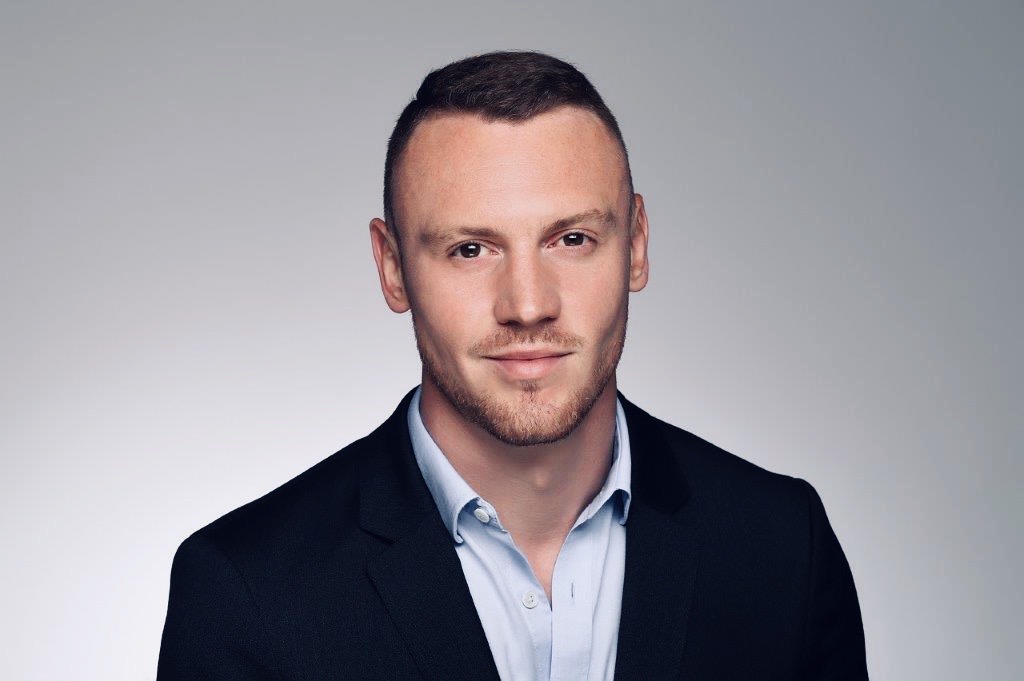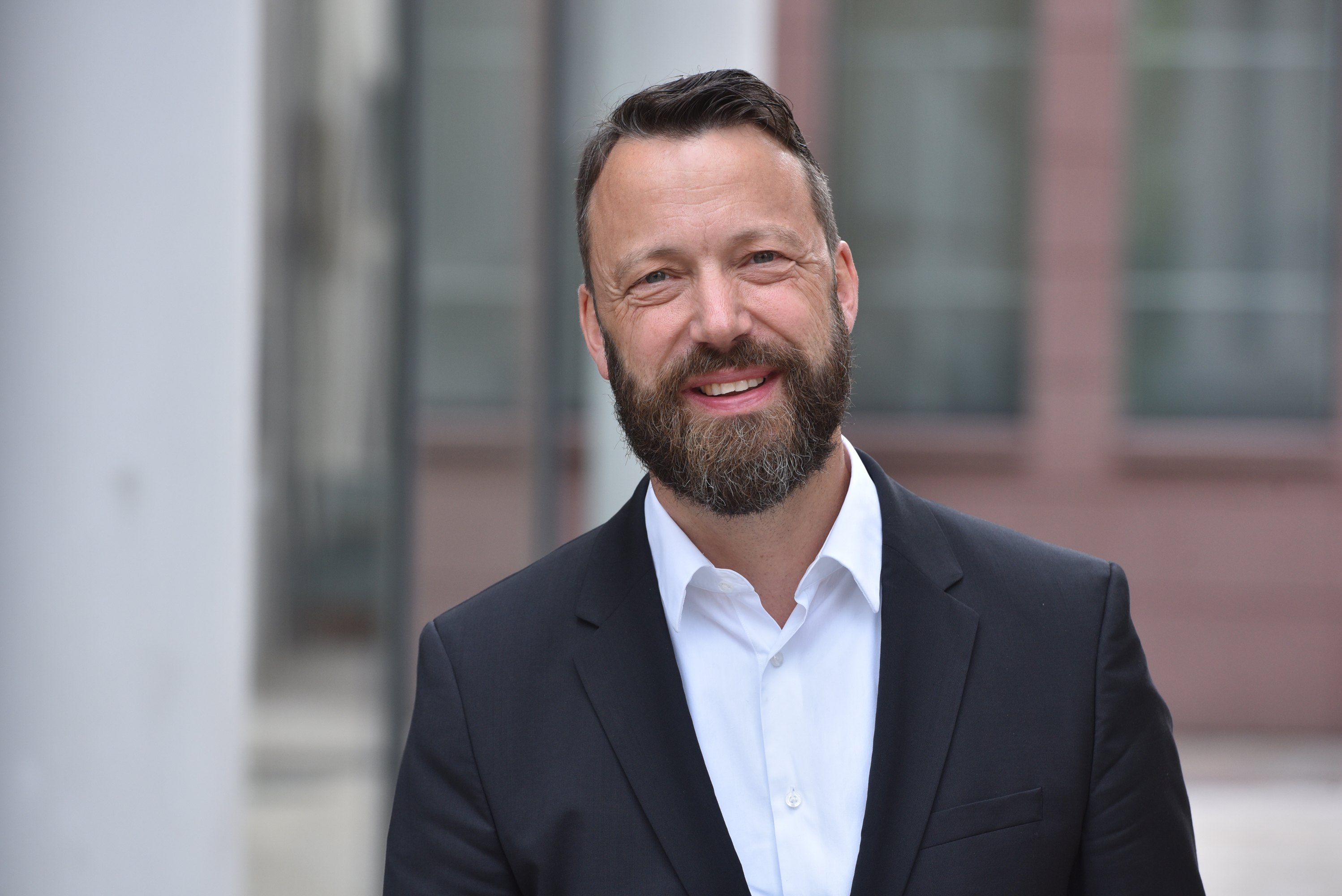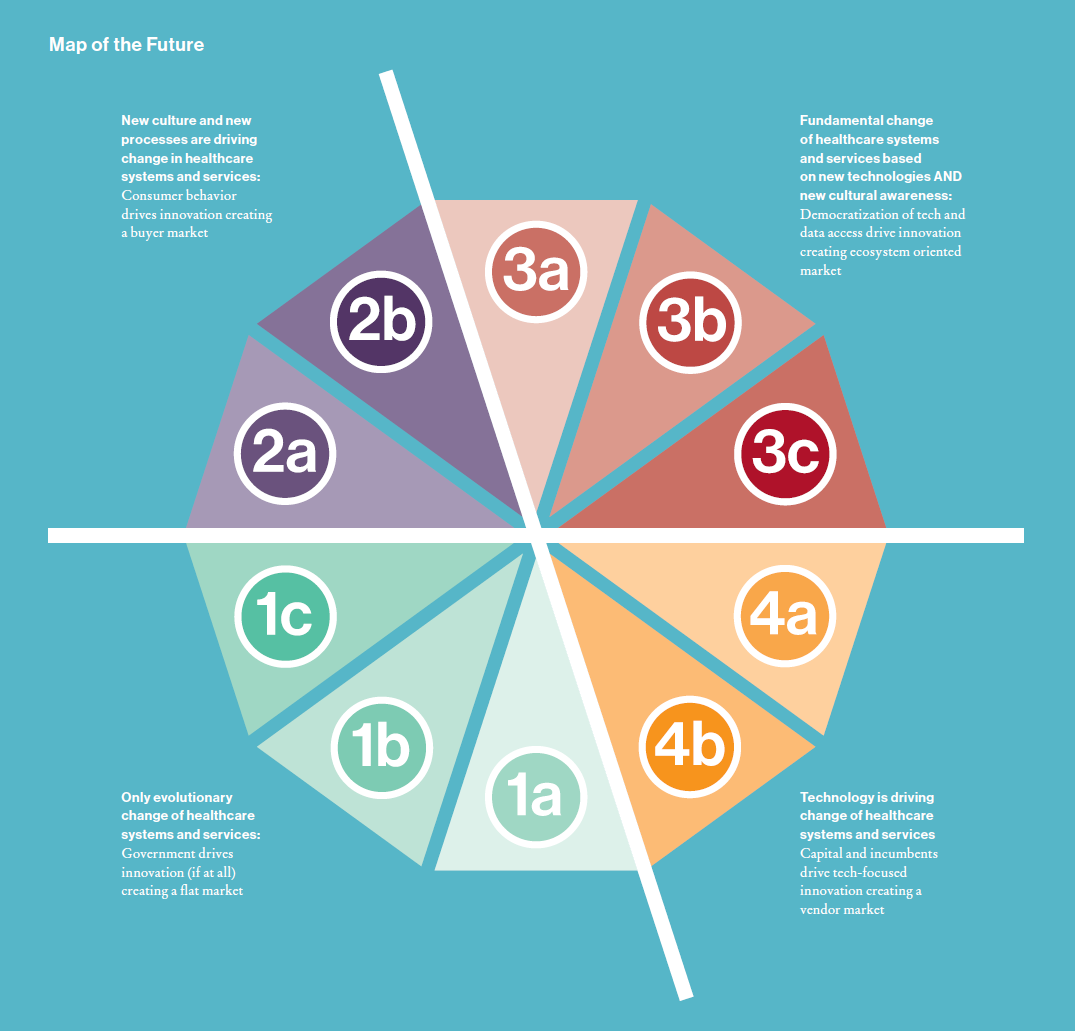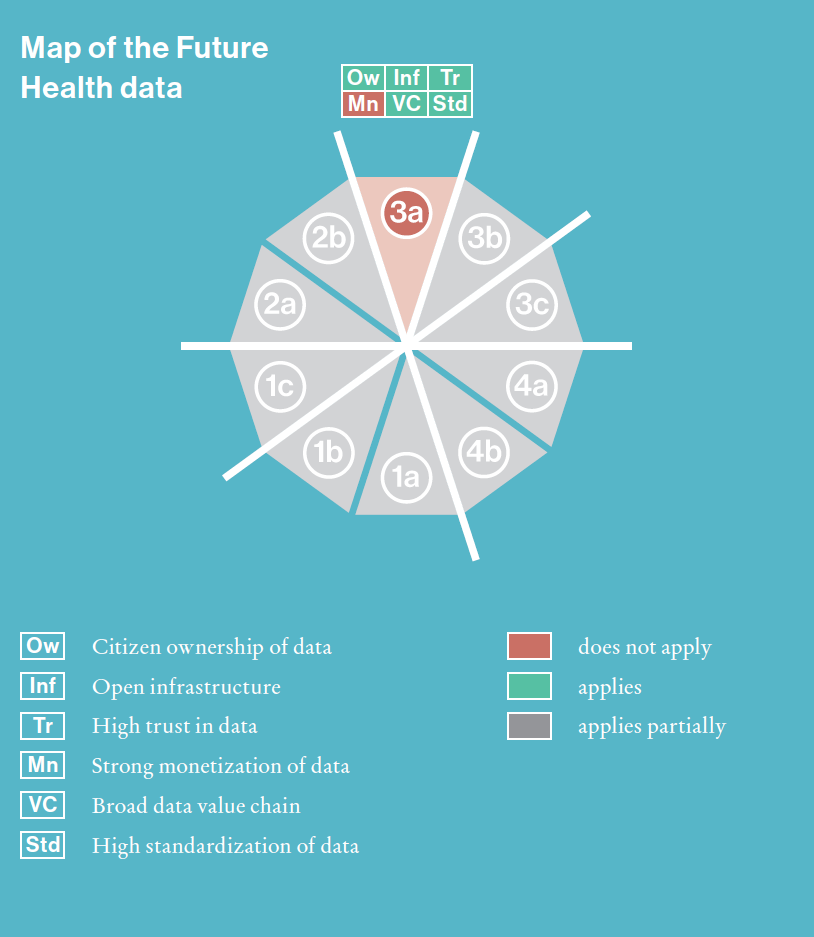Expert interview
Health Data Scenarios - many possibilities for the future?
The digitization of healthcare is progressing slowly but steadily. In addition to simple telemedical applications, data such as electronic patient records are forming the basis of digitization. The Swiss ‘Health Data Scenarios’ project aims to model the future of healthcare data by using scenarios. Lucas Scherdel, Healthcare Innovation Director at DayOne, a Basel Area Business & Innovation initiative, and Dr. Alexander Fink, founder and CEO of ScMI AG, explain in an interview with Dr. Ariane Pott of BIOPRO how this will work.
What motivated you to launch the project?
 Lucas Scherdel is Healthcare Innovation Director at DayOne. © Basel Area Business & Innovation
Lucas Scherdel is Healthcare Innovation Director at DayOne. © Basel Area Business & InnovationScherdel: In the numerous discussions about digital innovations in healthcare, the focus is usually on the lack of access to data, data incompatibility, the fear of data misuse, and regulations. The technical requirements are also complex, making it very difficult to meet the demands of all the groups involved. However, there is no doubt that without data, there would be very little innovation. Nevertheless, the market should not be left to big companies or political bodies, because that would put individual sovereignty at risk. So we need a cooperative and open process, a consensus that is fair to everyone. One good way of ensuring this is to work together to develop scenarios so we can look at different possible futures together and become aware of the consequences of each individual scenario.
Fink: I can't predict exactly what the future will look like, and if I focus on just one future, I automatically lose all other options and my perspective becomes far too narrow. Therefore, the scenario approach is to first of all systematically depict possible futures. This approach is particularly appropriate for ‘health data’ where there are so many aspects that interact.
How do you develop such scenarios?
 Dr. Alexander Fink is the founder and CEO of ScMI AG.
Dr. Alexander Fink is the founder and CEO of ScMI AG.Fink: A very important point is that the scenarios are not created in a quiet room; so they are not the result of a study. The scenarios are systematically developed by a group of experts and innovators under our guidance.
There are three steps in the development of the scenarios: first, the key factors are identified, i.e. topics and issues, for which one would like to come up with an answer in a specific scenario. The focus must not be too narrow, in other words, not too data-specific, but all variables that might have an influence must be included. We deliberately take a broad view when we define these key factors.
Once these ‘questions about the future’ have been asked, the second step is to develop so-called future projections, i.e. possible answers to the issues of interest. This is where we describe how a key factor could develop within the next ten years. How might the behaviour of patients change, how might the role of technology companies evolve, or how might data protection develop?
 The different scenario groups. © Basel Area Business & Innovation, text modified by Dr. Ariane Pott
The different scenario groups. © Basel Area Business & Innovation, text modified by Dr. Ariane PottIn the third step, these individual projections are linked together. The essential thing here is that it’s done according to plausibility rather than probability or preference. The elements that fit together can also form a scenario. Therefore, there may be scenarios that are not entirely expected or others that are decidedly unpleasant. We want to span the entire possibility space. In this way, you can imagine yourself in the individual images of the future that emerge, giving a first impression of what a particular future might look like. This then gives rise to a kind of map of the various scenarios. So our initial result consisted of individual scenarios that were coherent and conclusive in themselves, scenarios that you could think your way into, as well as an overview of the possibilities of how health data could develop within its particular environment (see Fig.: The different scenario groups).
What was not yet available at this point, however, were preferences and probabilities, i.e., estimates of where things are heading. In other words, this scenario development still needs to be followed by scenario assessment. We therefore asked the experts which scenarios they expected or would like, and how things currently stand.
What are the results of the development and initial assessment?
 3a is the desired scenario. © Basel Area Business & Innovation, text modified by Dr. Ariane Pott
3a is the desired scenario. © Basel Area Business & Innovation, text modified by Dr. Ariane PottScherdel: People were receptive to our project and we were able to convince 50 experts to get involved. They then spent many hours developing the scenario map I just mentioned. By working together, this network of experts has also found a common language, so we have a linguistic basis for further analyses. Now we also know what the goals and ideas of the individual groups are and how they differ. An initial assessment has shown that scenario 3a was considered the most desirable by all stakeholders. However, this is also the one that is furthest away from the current situation, and we will see in future meetings whether the preferred scenario will be the one we’ll be moving forward on by the end of the year. The hurdles for achieving this scenario are of course also the biggest.
Fink: An exciting result for us was that there is huge desire for change in the healthcare system. The real change that is needed is not related to technologies at all, but to processes and culture. Our experts showed that the desire for change is across the board in industry, the public sector and the service provider sector. And it’s exciting to validate the result and examine how it behaves when you look at the specific issues and whether it will be relativised or reinforced at certain points. This would lead to requirements for change at very diverse levels, which would be the starting point for strategic discussions in areas such as associations, political bodies and companies.
Scherdel: In conclusion, I was quite surprised that this scenario was the preferred one because implementing it requires a cultural change. As the healthcare sector is often technology and science driven, this human-centred cultural change will be a challenge.
What is the next step?
Scherdel: We are now assessing the scenarios from the different stakeholders’ perspectives. So far, a total of 80 experts from our area and, thanks to BIOPRO, others from Baden-Württemberg, have come together. We have put together four different groups:
1) Research/development
2) Healthcare providers: how do innovation and new data-based technologies reach patients and citizens?
3) Start-ups: how can we accelerate innovation happening in our ecosystem?
4) Broad public: views of patient groups, political bodies and associations. The members of this fourth group would have to enforce or promote any new regulations, should they become necessary.
We also asked these four groups about the most pressing issues. One important topic is disease prevention. This is because preventive measures are underrepresented in our current healthcare system. People generally only go to the doctor when they are already ill. That's why one of the questions we asked was which scenario would facilitate prevention. This included asking the people concerned in which scenario would they also provide data to the system. We will run this question through four scenarios. We are aiming to do the same with a total of 12 questions by this autumn.
Fink: We use these scenarios and the map as an organisational grid to look at the different issues with the various stakeholders. This is another exciting process, of course. The most important thing here is the interaction between the stakeholders and the perspective on certain scenarios that takes us out of the normal way of thinking.
What are the project’s objectives?
Scherdel: There are different objectives at each level and in each stakeholder group. For example, companies may gear their activities to a specific scenario. Associations and political bodies are interested in designing the measures in such a way that certain scenarios do not occur. Next would be the innovation landscape in northwestern Switzerland and southwestern Germany: there are likely to be innovation gaps in some scenarios that could be filled by new start-ups. But perhaps industry associations or consortia are also driving innovation.
Fink: I would like to add one more point. A scenario assessment is not rigid, because if I assess something today, it does not mean that I’ll have the same view of the future in two to three years’ time. Maybe my behaviour, expectations and preferences will have changed. So, we will re-assess the scenarios and the map from time to time in order to adapt the decisions we might have taken. And sometimes unexpected events occur that justify a new assessment or even scenario.
What are your plans for the next few years?
Scherdel: In 2021, we are validating the scenarios, so we will very likely see a weighting and also the gaps at the end of the year. In the coming year, i.e. 2022, we want to build on these gaps to identify and prioritise possible projects that will be concretely addressed in cross-border working groups in the third and final year.
Information about the ‘Health Data Scenarios’ project
The ‘Health Data Scenarios’ project was launched by DayOne in 2020. DayOne is the healthcare innovation initiative of Basel Area Business & Innovation, the agency for investment and innovation promotion. The project has received funding for three years from 2021 as part of the new regional policy (NRP), which promotes the development of Switzerland's border regions, among other things. Project partners since 2020 are ScMI AG and Blauen Solution GmbH. In 2021, BIOPRO Baden-Württemberg GmbH became a project partner, along with the associated Baden-Württemberg partners, Connected e.V. (bwcon), Freiburg Wirtschaft Touristik und Messe GmbH & Co. KG, Pfizer Deutschland GmbH and the Freiburg University Medical Centre.